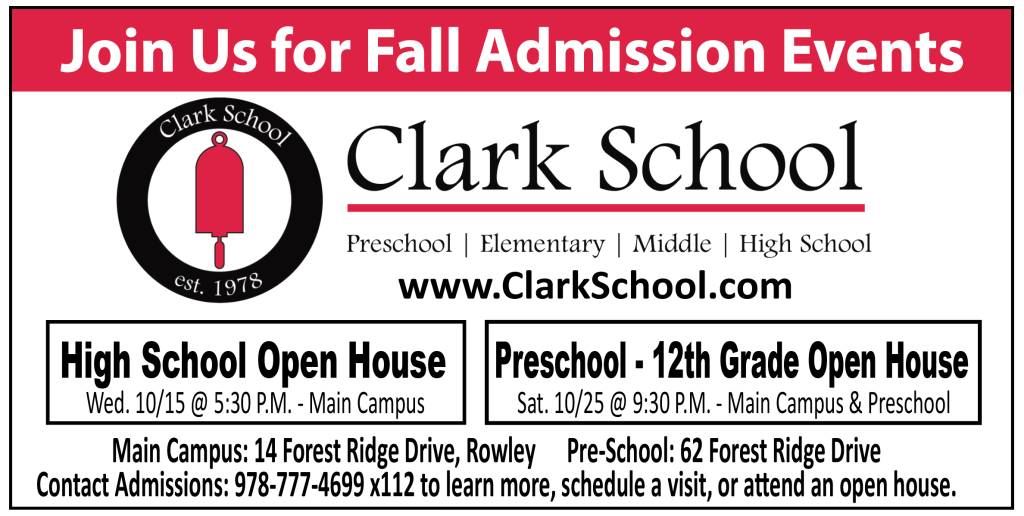I remember seeing a commercial for a cholesterol medication in which the person playing the doctor says, “I wish my patients could see what I see.” I think there are two ways to look at that statement.
The commercial showed an image of animated artery walls clogging with particles of plaque clinging to one another, making the opening of the artery smaller and smaller. This is a visual that is easy to understand.
The second, and more subtle way to take this statement, is the doctor wishing that patients could see what happens to people over time, with and without compliance to taking medication or changing their diet. If patients could only understand and use the vast experiences of the doctor to make better decisions for themselves, wouldn’t everyone choose to do all the “right” things for a better and healthier life? Conventional wisdom would say “yes”, but reality says something different.
I have been photographing teeth since dental school…..a long time ago. So long ago, that I had to take the film to be developed to have slides made. When I tell a patient that I am going to take a series of pictures of their teeth, the response I often hear is, “I just had x-rays taken.” When I explain that they are pictures and not x-rays, it is not uncommon for the patient to ask, “Why?”, or say, “No one has ever done this before.” I explain that the photographs are used for documentation and communication.
Showing a patient visual images of their own teeth is by far the most powerful tool I use in practice. Patients often get frustrated when a dentist explains and recommends treatment they can’t see. You should be able to see and understand why something is recommended, even without a dental degree. Pictures help in telling the story, and help patients make better informed decisions.
When displaying the images and giving the patient a tour of their own mouth, the patient will often say, “Wow, that doesn’t look good. I can’t believe that is in my mouth.” Photographs help in explaining why things look the way they do. From there it is easier to explain to patients what to expect in the future. Photographs are invaluable for this exercise, and most patients appreciate being able to see what I see.
If a patient has not been to a dentist in a while, or is seeing a new dentist who is doing a complete exam, photographs help patients with decision making. It is important to try to get the patient to look beyond the pictures, and envision where they want to be 5, 10, 20+ years down the road. The goal is for the dentist to tie their experience together with where the patient is currently, where they are headed, and give them the opportunity to potentially change the course of their future.
This approach may be different for some patients. It is easy to get overwhelmed by any new approach, but it is important to keep an open mind. Photographs of your own mouth in the dental office are an important part of the doctor/patient relationship, because communication is the key to any relationship.
You, as a patient, should look beyond today and make choices for ANY aspect of your health based on where you want to be in the future. Take advantage of the knowledge you gain from all your experiences, and make decisions that you feel are right for you.
Dr. St. Clair maintains a private dental practice in Rowley dedicated to health-centered family dentistry. He has a special interest in treating snoring, sleep apnea and TMJ problems. If there are certain topics you would like to see written about or questions you have please email them to him at jpstclair@stclairdmd.com
Brighter Smiles: Visualize Change
Tuesday June 13, 2023




